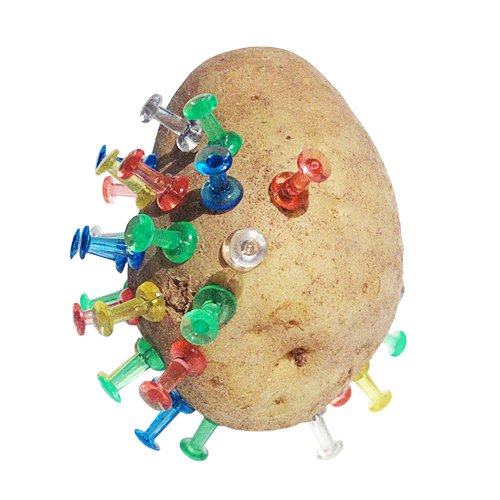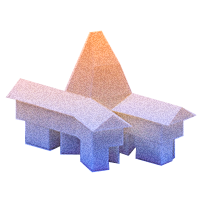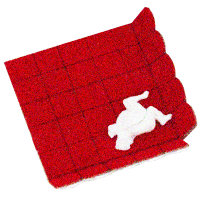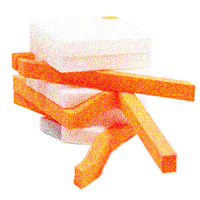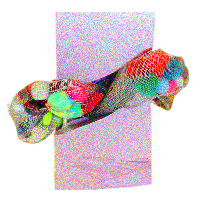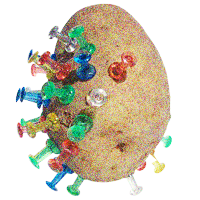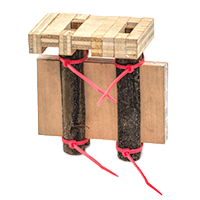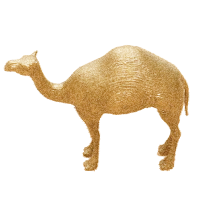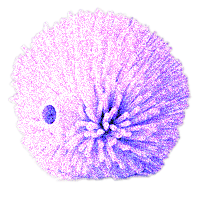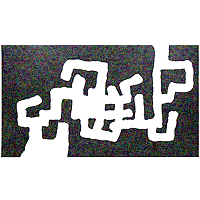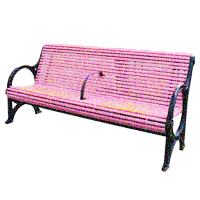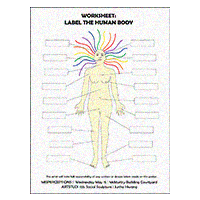The Caliph’s Game
2024






SPRING 2024
[Reconstructing historical narratives and theories to reimagine alternative futures for historical artifacts and monuments]
Throughout history, the locations of settlements depended on the existence of a nearby natural water source. The Umayyad qusur(castle), mostly located near Wadis (rivers), demonstrates how they have developed reliable water supplies in its desert landscape, taken advantage of water as a commodity, and made an economic profit through hydro-agricultural practices.
Sauvaget, in his 1939 article “Remarques sur les Monuments Omeyyades ”, pioneered the proposition of the qusur as hydro-agricultural estates with larger economic motives. His claim is supported by archaeological evidence of extensive water distribution and storage infrastructures - canals, aqueducts, wells, cisterns, agricultural artifacts, and irrigation systems. Many of these infrastructures date back to the pre-Islamic Roman period suggesting the continuity of water practices and inherited commodification of water.
The Caliph’s Game imagines how the qusur might have been constructed and operated as a collective economic enterprise belonging to a family of the Umayyad Caliphate. This discussion-led monopoly game extrapolates on the different characteristics of the 4 Caliph brothers and their respective qusur, speculating on the family drama that might have led to disruption of their power.
Relevant Project:
Scale of Water
(Architectural intervention proposal)
